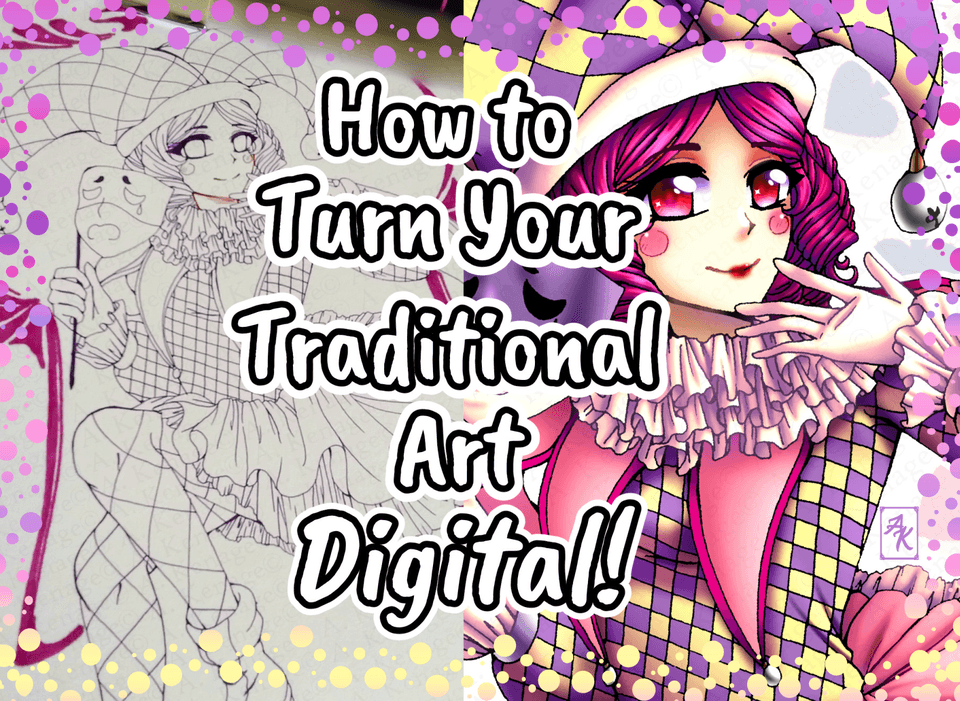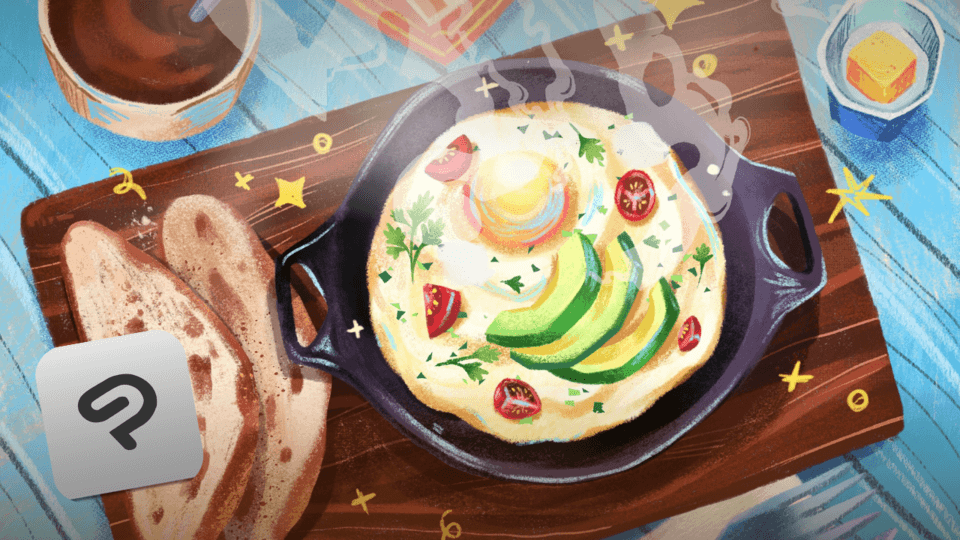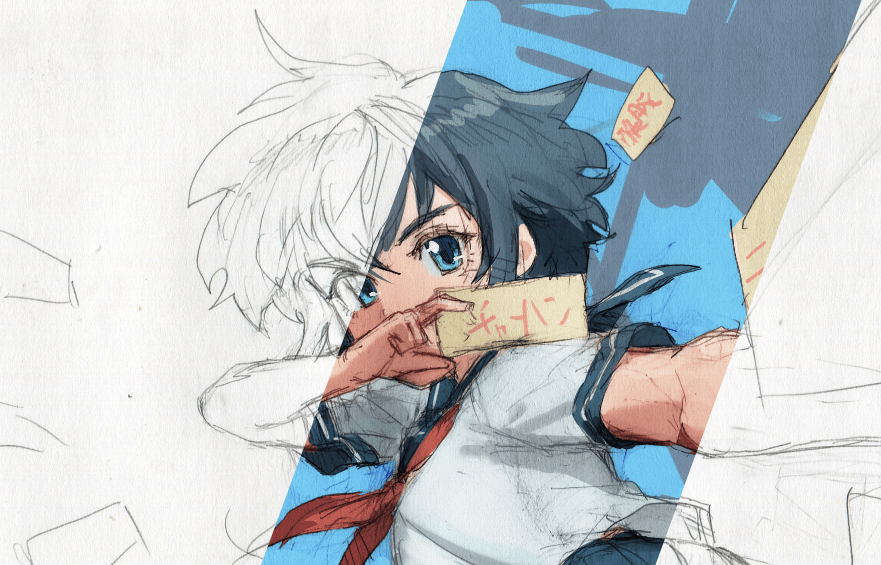how to design formal yet casual outfits
In this tutorial, you will learn (like the title suggests) how to design formal, yet casual outfits, To create convincing clothes, you may choose to do a clothing study for a better understanding of the design process. The important thing to keep in mind is that formal, yet casual clothes are generally made out of soft and thin fabric. Like satin. Familiarity with different types of clothing will help you greatly in adding variety. If you are not familiar with different clothing types, websites like random clothing generators will help you greatly. It will give you ideas as to what you should be looking up and these things will in return help you gain an understanding of how designers do it
for the sake of this tutorial, I chose to use my OC, Evie, to help me showcase different clothes
the character
start by sketching out your character. a good anatomical base is important for designing outfits since this will serve in helping you when deciding where the folds go and how the fabric flows.
designing the clothes
When designing convincing clothes, make sure to add lots of folds for a more natural look. Some places have more folds than others. specifically: the middle of the arms, the knees, the groin, and where the shirt and pants intersect. High waistlines and tight-fitting clothes create a preppy look. closed, medium height heels add to the look as well. 3/4 length jackets are perfect for this look since full-length jackets might appear too formal, and short-sleeved ones are too informal.
the direction the fabric hangs in is also important. it should follow the natural curves of the body. you can add open- high heeled shoes, but in order to avoid an informal look, it's better to draw wide platforms. when designing preppy yet formal outfits, try to avoid boots and sport shoes, as they create an informal look. As for the pants, you can draw both tight fitting pants, or pants with hanging bottoms. when choosing the pants design, make sure there's a harmony between the tops and the bottoms. when you draw jackets, you'd be better off drawing tight fitting pants than the latter since it may make the design appear too baggy. as for the tops, make sure you don't draw the neckline too low or too high, as it may create an informal look. as for the sleeves, you may draw
both short and long sleeves, and even add designs to them.
try to avoid puffy sleeves though as they generally don't complement the formal yet casual clothing design well
when designing the dresses, again, don't position the neckline too high or too low. you'd be best at avoiding short sleeves in this case since they may create ab informal look, but any other length should be okay. You may choose to forgo sleeves altogether, but don' make the straps thin as the look it creates is too informal. Also, try to avoid going strapless altogether since it doesn't contribute to the preppy, yet casual look. the dress length should be at a knee height or bellow (but make sure you don't draw them too low, as it may appear too formal). same thing applies to pants. but in the case of pants, you'd be better off covering the knee completely. Finally, add accessories such as necklaces, bracelets, watches, rings etc.. Add them where it looks empty to complement the design, but don't overdo it. the dresses may be tight fitting and flowy dresses, the choice is up to you. The important thing to keep in mind is that the dress should be a tight fit at the waistline.
choosing the colors
the most important part of designing formal, yet casual clothes comes from the colors. Try to only use desaturated, natural colors to create a formal vibe. stay away from bright, super-saturated colors as they can create an informal look. You may use any colors you like, but try to stick to natural colors. You may use any other colors for accent, but the main colors should be natural and desaturated.
Now that you have an understanding of the color types that should go into the design, it's time to create color for your character. When choosing color combinations, try to stay roughly on the same tonal spectrum. If you use accent colors, make sure there's a nice balance between the top and bottom of the illustration, and try to stay away from extreme contrasts
In this example, I just wanted to demonstrate what would happen if you did all the don't. Basically, while the clothes may look formal and preppy, the colors resulted in the clothes looking super casual
shading
after you're done with picking the colors, you may choose a light source and begin shading. I like to work with watercolor brushes on different layers clipped to the base color to lay down the shades, and then using the blending brush to smooth out any colors that need a smoother transition. It's best to leave the folds bulky to add a sense of dimension. when shading the folds, the darker part will be on the opposite side to the light source, and the highlight will be right next to the fold, on the side of the body. I choose to use the multiply layer where extra shading is needed (such as under big breasts). To add extreme highlights, I use the add (glow) blending mode. Since preppy, yet casual clothes are generally made from satin-like fabric, the material won't be really reflective, so harsh highlights aren't needed. Instead, I use them on shoes to add that extra shine, as well as jewerly
extra notes?
Now that you've followed the tutorial to the end, you should have a better understanding of designing preppy, yet casual outfits. You may add patterns and experiment with different fabrics. try to stick to linear patterns and stay away from complex ones, as it may make the clothes appear too casual. as for the fabrics, try to limit the tops and bottoms to soft and thin fabrics. but anything else is up to you!
Now it's time you took your new-found knowledge and started designing your own, unique outfits













留言